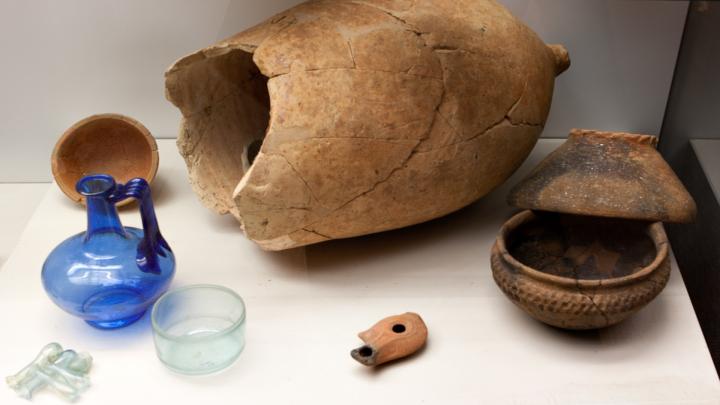In the necropolis of Cerrione (BI), which lies on the eastern flank of a wooded area south of the modern town of Cerrione, not far from the Elvo and Olobbia streams, several graves from the Roman period have been found by archaeologists.
The peculiarity of this context is to be a "talking" cemetery, due to the presence, associated with the graves, of 81 stone markers, including 60 inscriptions with the name of the deceased, written in two alphabets and languages. The identities of about 100 individuals, men, women and children, who over twelve generations, received burials at the site, could thus be reconstructed.
Additionally, it was discovered that these inhabitants had begun to practice both direct and indirect cremation rituals. By analysing the found burning grounds, it was also possible to trace the foods used during the funeral ceremony and thus reconstruct the man-made environment in which the community lived.

